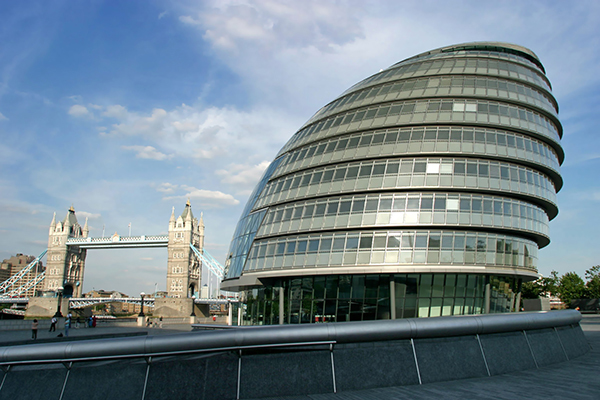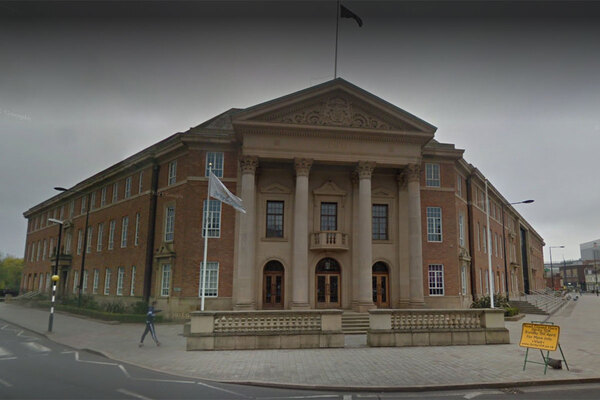You are viewing 1 of your 1 free articles
GLA publishes guidance for £500m HRA borrowing headroom
City Hall has published its guidance for councils hoping to bid for £500m of extra Housing Revenue Account (HRA) borrowing capacity.
London mayor Sadiq Khan has secured half of the £1bn offered to councils by the government in the Autumn Budget for London.
The Greater London Authority (GLA) claims Mr Khan has “successfully negotiated extra flexibilities that should make this borrowing easier and more attractive to councils”.
The guidance states that additional borrowing can be blended with affordable housing grant or Right to Buy receipts.
And it adds that the GLA “will work with councils to manage programmes flexibly, with the option to substitute projects”.
Priority will be given to bids which demonstrate value for money and deliverability, according to the guidance.
Value for money will be measured based on per unit development costs and the level of additional HRA headroom requested per affordable home, and as a proportion of project cost.
And deliverability will depend on factors such as the planning status of developments, whether the council owns the land to be built on and housing delivery track record.
There will be no limit on the size of bids.
For bids where councils are planning to mix the headroom with grant, City Hall “may conditionally approve a bid of affordable housing grant, subject to the additional borrowing bid being approved”.
James Murray, deputy mayor for housing and residential development, said: “Since May’s elections, I have been meeting council leaders from across London who are ambitious and keen to building council housing at a much greater scale.
“Councils have a vital role to play in tackling the housing crisis in London – as part of the mayor’s Building Council Homes for Londoners programme, this extra borrowing will help us to support councils further, and to make the case to minister for the step change in powers and resources that London needs to truly fix the housing crisis.”
In May, Mr Khan launched a programme to start 10,000 new council homes by 2022.
Bids for the HRA borrowing must be made by 30 September through the GLA’s Open Project System, with allocations expected to be announced in November.
There will be £200m available in 2019/20, with £150m available in 2020/21 and again in 2021/22.
Last year town halls built fewer than 500 new homes in the capital, while data soon to be published by the GLA indicates the percentage of London households in social housing has fallen to just 21%, down from 35% in the early 1980s and 25% in the early 2000s.
At a glance: the different types of rent in London
Picture: Getty
Social rent: The amount of social rent a person pays depends on the location and size of the property, and is set according to a complex formula, but it is typically set at between 50% and 60% of market rent.
Affordable rent: Introduced by the coalition government in 2011, ‘affordable’ rent can be up to 80% of market rent, although many associations have been charging lower than this.
London Affordable Rent: A tenure introduced by Sadiq Khan that is lower than national affordable rent and based on target rent levels towards which social rents are gradually being raised. This makes it higher than average social rents in the capital, but in line with the rent that would likely be charged if a new social rent unit was built and set according to the same formula.
London Living Rent: A rental product aimed at middle-income Londoners introduced by Sadiq Khan, with rents set at one-third of average local earnings.
Target rent: A social rent level calculated by the government, which council and housing associations should use to move their social rents to over time.









